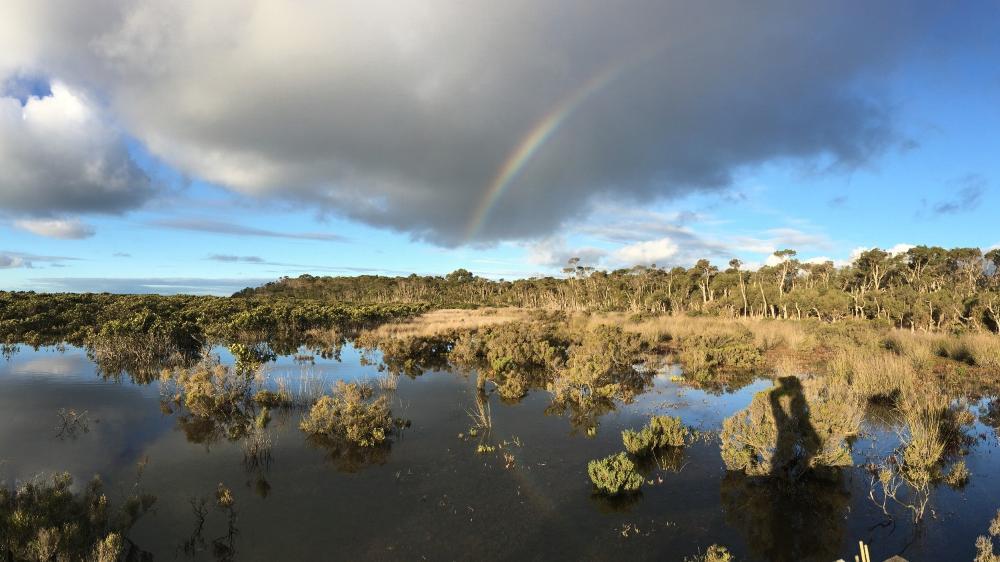August 19, 2022
Global research on tidal marshes sounds the alarm on climate change
UOW research forms part of study comparing 97 sites worldwide
Tidal marshes occur along coastlines around the world and provide ecosystems that offer tangible benefits to humans. Marshes act as a fish nursery habitat, which support commercial fisheries along coastlines.
Professor Kerrylee Rogers, Academic Program Director of Environmental Science at the University of Wollongong (UOW), has been researching these ecosystems across south-eastern Australia for more than 20 years. Her work was crucial for a global study investigating how coastal wetlands are adapting to rising sea levels. The research paper, titled ‘Constraints on the adjustment of tidal marshes to accelerating sea level rise’, was published in Science last month.
Professor Rogers said tidal marshes provide vital habitat for fish and waterbirds, improve the resilience of shorelines to storms and store carbon from the atmosphere.
“Over time tidal marshes accumulate sediment and organic material, which is really important for a number of reasons.
“It’s this organic material that binds sediments and improves shoreline resilience to storms and erosion. This occurs because the vegetation helps to block higher tides, allows sediment to accumulate and binds the sediments together. This build up of sediments and organic material also allows tidal marshes to adapt to sea-level rise,” Professor Rogers said.
“Tidal marshes are changing and over the 20 years that I have been observing them we’ve seen mangrove extent expanding into salt marshes in our region. Tidal marshes are not able to extend further inland as easily as they are blocked by other forests, cliffs, buildings and roads. Tidal marshes are essentially being squeezed out.
“The outcome is that a lot of tidal marshes are diminishing throughout south-eastern Australia. Our research indicates that this is an outcome of changes in sea level.”
Professor Rogers credited Dr Donald Cahoon from the US Geological Survey with piloting the measurement system that has enabled global collaboration.
In 2000, Dr Cahoon travelled to Australia and provided guidance on installing and using equipment to monitor sedimentation and surface elevation changes within mangroves and tidal marshes. Professor Rogers, with Professor Neil Saintilan, from the School of Natural Sciences at Macquarie University, established a long-term monitoring program in coastal wetlands of south-eastern Australia.
The data generated from this network, combined with data from other monitoring networks around the world, contributed to the global analysis of tidal marshes published in Science. This paper demonstrates that some tidal marshes can adapt to sea-level rise, but only to a threshold level, and their capacity to adapt is related to sediment availability and rates of sea-level rise.
“We often talk about how great tidal marshes are at mitigating climate change as they can store carbon in their biomass and substrates.
“But they are only one part of the solution to climate change, and very far from being a key component of climate change mitigation as they are also at risk from sea-level rise.
“Preventing carbon emissions and restricting the use of fossil fuels is critical to have any chance of limiting the current the trajectory global warming and sea-level rise.
“We are perhaps expecting ecosystems to do too much of the heavy lifting of climate change mitigation, when their capacity for offsetting carbon emissions is limited.”
